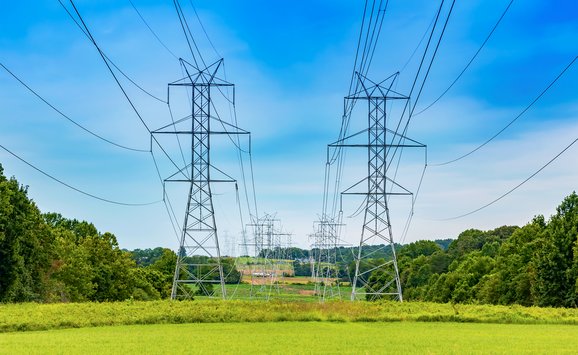Digging into the Clean Energy Standard
Earlier this year, Senator Jeff Bingaman (D-NM) released the Clean Energy Standard Act of 2012, a bill that requires the United States to produce more than 80 percent of its electricity from “clean” sources by 2035. Last week, the U.S. Energy Information Administration released its latest analysis of the bill, estimating that there will not be a significant effect on electricity prices until after 2020 as power generation moves away from coal to natural gas, nuclear, and renewables.
RFF Center Fellow Anthony Paul, Senior Fellow and Research Director Karen Palmer, and Senior Research Assistant Matt Woerman recently completed their analysis of the bill, utilizing RFF’s in-house electricity model, Haiku. The team finds that the bill will not achieve its 2035 goal due to price controls and exemptions for small utilities. As for electricity prices, the team contends that significant increases do not occur until after 2025.
Valuing a Clean Chesapeake
Cleaning up the Chesapeake Bay has always been a contentious regional issue, but the latest controversy over EPA’s plan to regulate pollution in the country’s largest estuary unexpectedly pits environmental groups against one another. There are economic and environmental benefits to reducing the levels of pollution from runoff in the Bay, but policymakers first need to figure out how to measure and monetize those benefits.
In an RFF discussion paper released last fall, Senior Fellow Maureen Cropper and Research Assistant William Isaac outline how to measure and monetize the benefits from a cleaner Chesapeake by focusing on six specific areas: property values, commercial fishing, boating, recreational fishing, swimming, and non-use value.
Carbon Neutrality of Bioenergy
Bioenergy has often been viewed as a potentially cleaner alternative to gasoline due to the lower greenhouse gas emissions from its production and combustion. Some biofuels, like biodiesel derived from palm oil in Indonesia, are not living up to that potential enough for EPA to include them in its renewable fuels mandate. Bioenergy from wood biomass, however, may be more climate-friendly, according to CFEP Director and Senior Fellow Roger Sedjo. In an RFF seminar held in March, Sedjo presented research that looks beyond traditional life-cycle analysis to assess the carbon neutrality of commercial forests as they react to market dynamics. He contends that energy from wood biomass can indeed be carbon neutral in the long run. Video and the accompanying presentation are available here.




